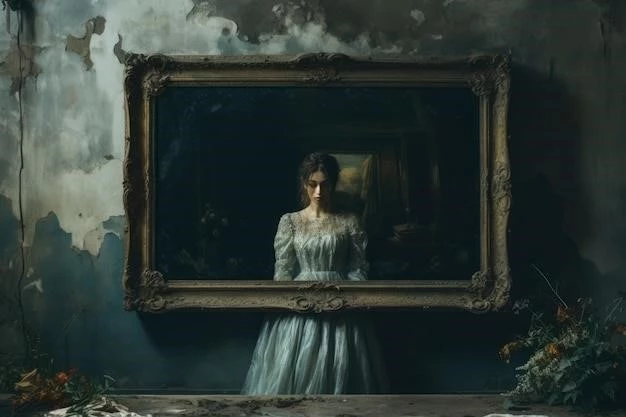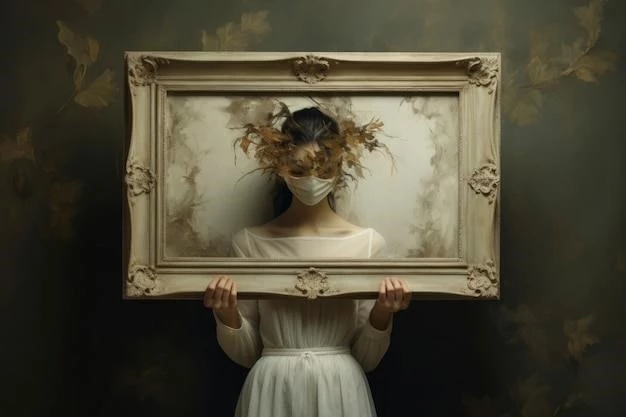The History of the Mirror: A Reflection on Our Past
Mirrors, those ubiquitous objects that adorn our homes and lives, hold a fascinating history that spans millennia. From their humble beginnings as polished stones to their sophisticated modern incarnations, mirrors have played a significant role in human culture, reflecting not only our physical appearance but also our beliefs, aspirations, and societal values;

The Dawn of Reflection: Early Mirrors
The earliest mirrors were likely created by our prehistoric ancestors, who discovered that certain smooth, polished surfaces, such as obsidian or polished stones, could reflect light. These primitive mirrors, while rudimentary, provided a glimpse into the unknown, fueling early human curiosity and fascination with the concept of reflection.
In ancient Egypt, mirrors made of polished copper and bronze were highly valued. These mirrors, often adorned with intricate designs, were not only used for personal grooming but also held religious significance, symbolizing the connection between the physical and spiritual realms.
Glass and the Renaissance: A New Era of Reflection
The invention of glassblowing in the first century BC marked a turning point in mirror production. Glass, with its smooth, transparent surface, provided a superior reflective medium, resulting in mirrors that were clearer and more detailed.
During the Renaissance, the demand for mirrors soared as they became integral to the burgeoning art and fashion industries. Mirrors were used by artists to study anatomy and composition, while fashion-conscious individuals sought to enhance their appearance.
The Mirror’s Role in Science and Exploration
Mirrors also played a crucial role in scientific advancements, particularly in astronomy and optics. Galileo Galilei, for instance, used mirrors in his telescopes to observe the heavens, revolutionizing our understanding of the universe.
Mirrors were also instrumental in maritime navigation. Reflecting telescopes, which incorporated mirrors, allowed sailors to determine their location at sea, enabling them to explore uncharted territories and expand our knowledge of the world.
The Mirror in Modern Society: From Vanity to Technology
In the modern era, mirrors have become ubiquitous, found in countless homes, businesses, and public spaces. They have evolved from simple reflective surfaces to complex technological devices, with applications ranging from security systems to medical imaging.
The rise of social media has also contributed to the mirror’s continued relevance, as people use them to capture selfies and share their experiences with the world. Mirrors have become tools for self-expression, allowing us to curate our online identities and connect with others.

A Personal Reflection: The Mirror’s Enduring Power
I personally find the history of the mirror deeply captivating. It’s a reminder of how far human ingenuity has come, from primitive tools to sophisticated technology. Mirrors have always held a certain mystique, reflecting not only our physical appearance but also our hopes, dreams, and deepest fears.
As I stand before a mirror, I’m not just looking at my reflection, but also contemplating the long and fascinating journey of this remarkable object. The mirror, in its various forms, has been a constant companion, reflecting our evolution as individuals and as a society.










